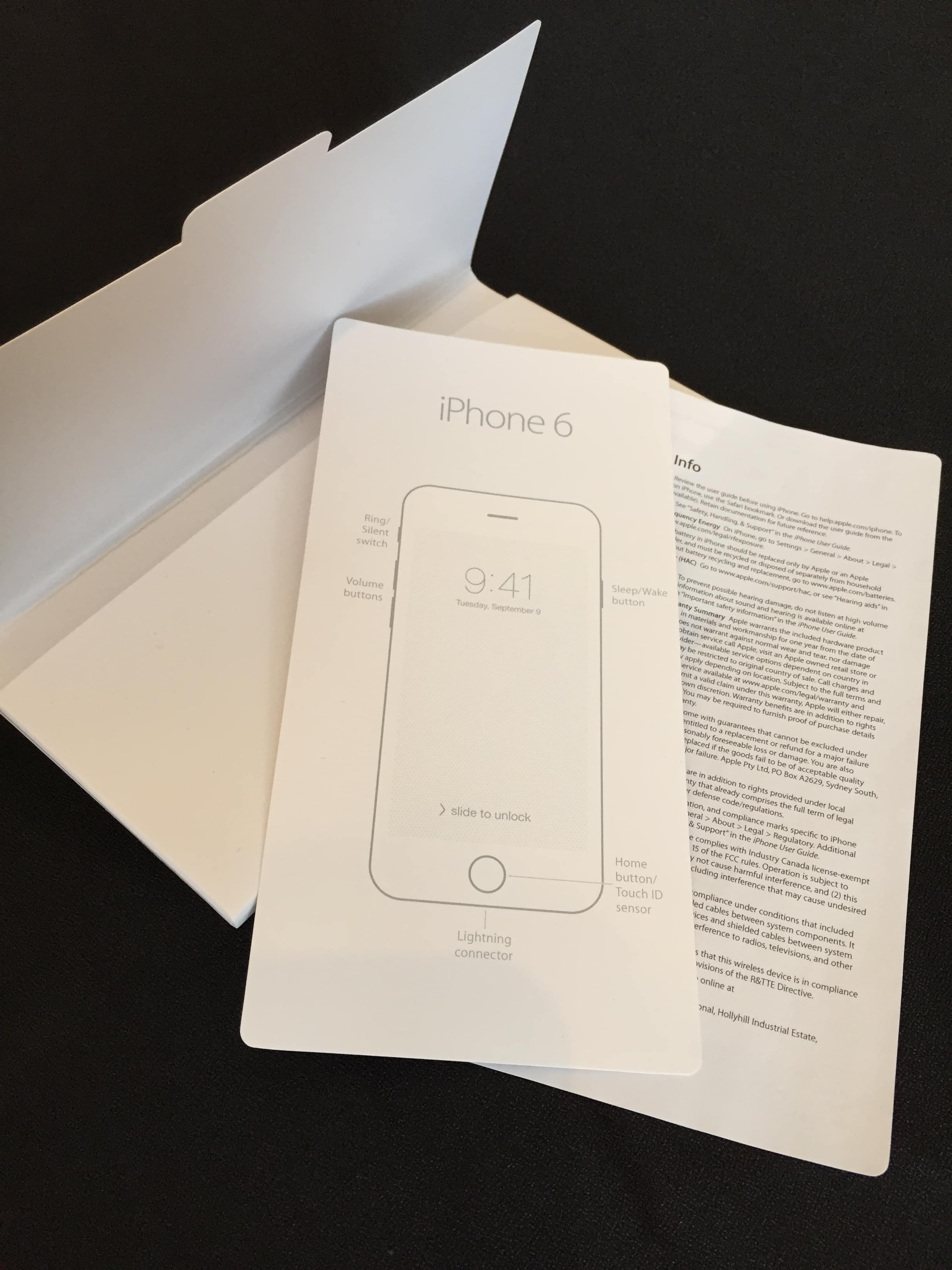Have you experienced embarrassment when you tell someone that you are a technical writer? I’ve received responses such as “You mean those manuals that no one can understand?” or “I never read the manuals. I might look at the pictures if I have to.”
When I started in this industry my boss said that he created the Tech Pubs department at the company because the manuals he used in the army were useless. He wanted to make a difference and create manuals that were useful to the end user. However, little has changed because the manuals are still large, overly complex, and follow the same standards that have been around for ages. I had a friend tell me that he uses the machine manuals to prop up equipment he is fixing. At least the manual is being used in some helpful manner, even if it isn’t the intended purpose.
Are you starting to feel depressed about your career too?
Well, don’t. It is time that we technical writers show that we have a creative side (heck, most of us are wanna-be-creative-writers). Let’s reinvent manuals. I think the future of manuals and technical writers can be as exciting in this advancing information-age as other communication careers, such as marketing and instructional design.
Here are some ideas on creating manuals that will be used for their intended purpose and not as a way to keep the table from wobbling.
- Publish the manuals online and for mobile devices. People carry their phone everywhere. They are more likely to have their phone instead of the paper manual when they need the information.
- Create smaller manuals targeted toward specific audiences. The consumer wanting to learn how to operator the equipment should not have to decipher the same manual that an electrician uses for troubleshooting the equipment. Just because the engineer thinks it is important for the end user to know, does not make it true. Answer these questions when deciding what information to include: Who is the intended audience? What should they be able to do after reading the manual (what is the intended objective)? What information do they already know and what information do they need to know to accomplish the intended objective?
Make opening the manual part of the experience of receiving the product. Only provide the barest of information, driving the consumers to the company website for additional information if they want it. Consumers are more likely to learn to use the product through self-discovery then by reading a user’s manual, so do not waste your time and the company’s money by adding more information than necessary. Look at Apple’s manual for the iPhone as an example. You begin by opening a heavy-duty envelop like you are about to announce the winner of Best-Picture at the Oscars. Inside the envelop are two pages. The first page has a graphic of the phone with call-outs for the buttons on one side and the other side provides web addresses to find specific, targeted information for safety, operation, and support. Everything the consumer needs to know. The other page contains the legal and regulatory information.
- If a one-page, job aid is sufficient for transferring the necessary knowledge, then create a one-page, job aid. If a picture will suffice instead of words, then use a picture. Do not over complicate the manual.
- Learn how to use a graphic software program like TechSmith’s Snagit or Adobe Photoshop. Even the basic techniques like adding a shadow for dimension does a lot to increase the appeal of graphics and photos in your manual (and creating graphics is a fun break from pounding out words on the keyboard).
- Make a video. People refer to YouTube, Vimeo, and other video websites all the time for instructions. Make sure you write out what information the onscreen talent is going to convey and what actions he is going to perform. Don’t worry about fancy recording equipment, just make sure you have good lighting, a good angle, and you keep the recording device steady.
What are your thoughts on the future of manuals? Are they destined to become relics and technical writers with them? Are they going to transform into something different? Or are they going to stay the same?


